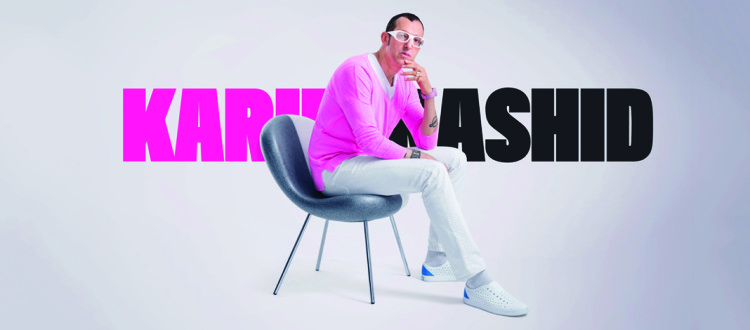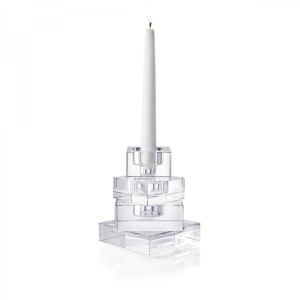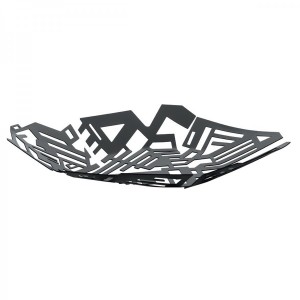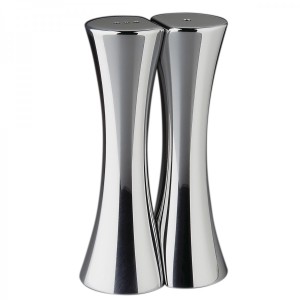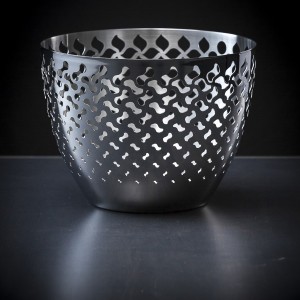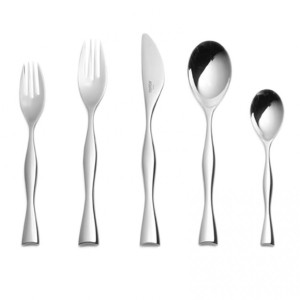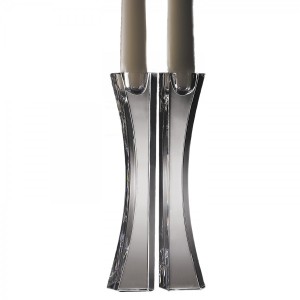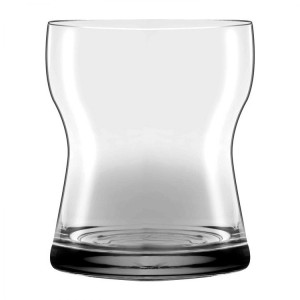Fifty Shades of Karim
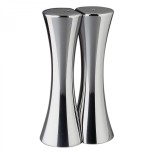 Karim Rashid, one of Canada’s most prolific designers, discusses self-awareness and how to invent what has never been seen before. In this exclusive interview, we learn about his passion for sensualism, a word he created to describe his life’s work and how the future will be shaped by good design.
Karim Rashid, one of Canada’s most prolific designers, discusses self-awareness and how to invent what has never been seen before. In this exclusive interview, we learn about his passion for sensualism, a word he created to describe his life’s work and how the future will be shaped by good design.
In your book, design yourself, you write that your dad (an artist) was a big influence. Can you share a few words of his advice?
My father always thought that the world could be a better place, was not easily satisfied with our physical landscape and was extremely passionate about the notion of creation. He felt that the greatest act one can do in this world is something original. If one does something original in this world then they are the first of 300 billion human beings who have existed in the history of humanity.
You have designed at least eight objects in our store alone. What does it mean to be such a prolific designer?
I may be prolific, but there is still so much to do! I’m driven to create a better world. SO much of the world is poorly designed and screaming to be remade.
You have spoken of dematerialization in your own life, are you not adding to the clutter by being so productive?
One must realize that the hyper-production of manufacturing and the hyper-consumption of our global, capitalist, world will continue with or without designers. Hopefully, I can at least add something more beautiful, sustainable, intelligent, or contributive. Every good design should replace three lesser designs, to cut down on waste, and to build long-lasting relationships with consumers. Designers have the power to shape a better, smarter world, to simplify, yet inspire- making well-made, beautiful products accessible to all. I realize that we live in a complex world, and it can never be a Utopian singular vision. I’m just contributing as much as I can while I am on this planet.
Although you were not born in Toronto, you know we call you our own. Can you define who you are, considering your diverse background and the multiple places you have called home.
I am a quarter Irish, quarter English, quarter Algerian, quarter Egyptian and I speak several languages. I think that as an American/Canadian designer my cultural significance and contribution is casualization, democratic design, mobility, and ease. Europe influenced my romantic and poetic side, the Middle East the more passionate and artistic side and Britain the pragmatic and business side. I owe a great deal to the Italians- all my great mentors are from Italy, and it is the only place where appreciation of design is ubiquitous. The Canadian side is my bad sense of humor and my modesty (ha ha).
What’s up with the pink?
Pink makes us all feel alive. It is a phenomenological color that raises our emotion and spirits. There are so many variations and shades of pink for every mood, every person. I love pink and techno colors which have the vibrancy and energy of our digital world. There are millions of colors so it is ridiculous in this life to have a single favorite of anything- favorite song, favorite book. The beauty of this farrago (mixture) in life is the broad diversity and choice of everything. Color is one of the most beautiful phenomena of our existence. Color is life, and for me, color is a way of dealing with and touching our emotions, our psyche, and our spiritual being.
How did the Nambé Kissing Salt and Pepper shaker come to be? What was the design process of one of your first iconic pieces.
I I taught at O.C.A.D and the University of Toronto. Then, I left Toronto in 1991 to teach in Providence Rhode island. I moved (shortly after) to N.Y.C. after being fired from the Rhode Island School of Design. I was penniless. I contacted about 100 companies in the U.S. and Canada to get design work with no success. Later in N.Y.C. I saw some beautiful cast alloy bowls. I researched the company to find it was Nambé in Santa Fe. I called them , met with them, and showed about 50 designs. They loved the work. They put about 30 designs in production and they sold about 3 million dollars worth that first year. The rest is history as they say. Of that first collection, four pieces are still in production, one being their best seller of all time , kissing S+P
You are a designer who not only designs objects, you also design words. I’ve counted at least four Karimisms already. Define, for us, your term sensualism. Is it something you continue to work on?
Absolutely! I call my work sensual minimalism, or sensualism, because it is not labored with embellishment yet has a more human, more sensual connection with us. All objects and spaces speak to us. Forms, lines, colours, textures, touch and communicate to our senses and add to our daily experiences. I believe that it is important to not over embellish- to keep a certain truth to a product or space, but I also believe that objects and spaces need to touch our sensual side- touch our emotions- they need to elevate a certain experience, and they need to be human.


